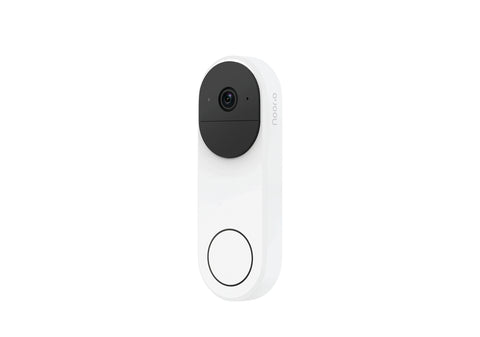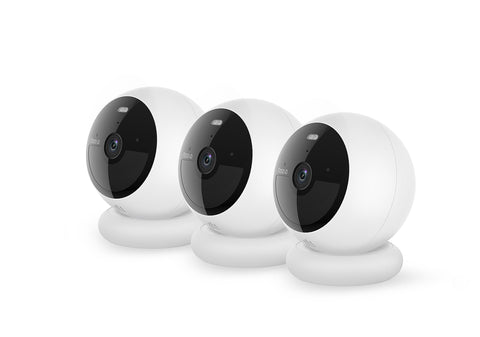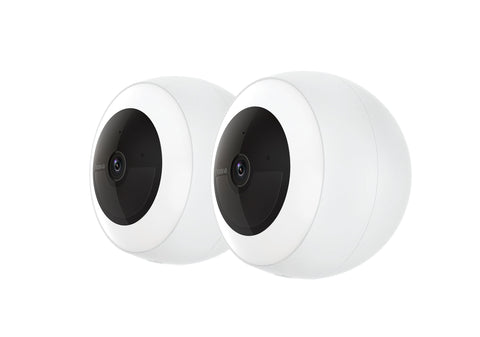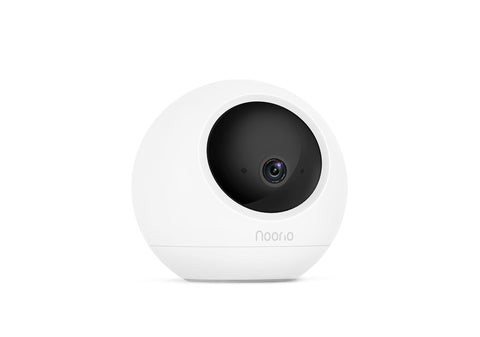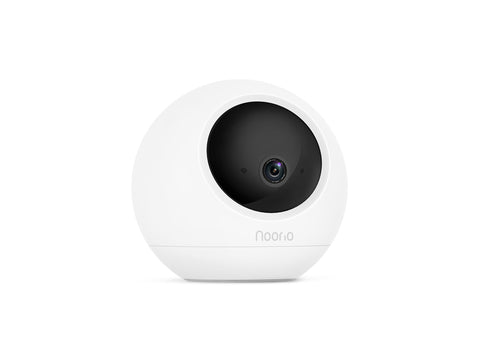Imagine coming home to a space that is not only secure but also capable of anticipating your every need. A haven where energy efficiency, child safety, and home security are all seamlessly integrated into a single, intelligent system. Welcome to the world of smart homes, where contact sensors play a pivotal role in transforming your humble abode into a futuristic fortress.
One of the most crucial components that make these smart home functions possible are home smart contact sensors. These ingenious devices silently monitor the open or closed status of doors and windows and alert us instantly if there are any unauthorized openings or closings. For homeowners interested in home security, energy efficiency, and child safety, smart contact sensors can provide tremendous peace of mind and convenience.
In this article, we will dive into the world of home contact sensors, exploring their functionality, practical applications, and the indispensable role they play in advancing smart home technology.
What is a Contact Sensor?
A contact sensor, or a door/window alarm sensor, is a device used in smart home security systems to detect if a door or window is opened or closed. The sensor has two parts: a sensor and a magnet. The sensor detects the magnetic field created by the magnet. When the door or window is opened, the magnetic connection is broken, and the sensor detects this and alerts the smart home system. The system can then activate the siren, send a notification to your smartphone, turn on lights, control the thermostat, or trigger other smart devices.
At the heart of any smart home security system lies the contact sensor. They monitor the status of entry points to your home and alert you immediately if there is unauthorized access. They also work with other security devices like security cameras, motion sensors, and alarm systems to provide layers of protection for your home.
For many homeowners, the security and peace of mind provided by door contact sensors are well worth the investment. These sensors serve as the backbone of your home's security, working tirelessly to keep you and your loved ones safe. Let us delve deeper into the world of contact sensors for door or windows and uncover their essential role in smart home security.

Practical Applications of Contact Sensors
In addition to home security, door or windows contact sensors have many useful applications in and around the home:
Home Security
Contact sensors can be part of a larger, interconnected security network within a smart home.
Placing sensors on doors, windows, garage doors, and gates allows homeowners to monitor access points to their home and receive instant alerts if there are any unauthorized openings.
For example, when a door or window is opened, the contact sensor can trigger a security camera to begin recording, capturing valuable footage of the incident. Likewise, motion sensors can be activated in tandem with contact sensors, providing comprehensive coverage of both entry points and interior spaces.
Working with other security devices like cameras and alarm systems, contact sensors provide comprehensive protection and monitoring of your home.
Child Safety
For parents of young children, drawer contact sensors can provide an extra layer of childproofing for the home. Sensors placed on cabinets, drawers, pantry doors, staircases, and pool gates can alert parents if little ones gain access to areas that could be hazardous. The instant notifications from cabinets contact sensors give parents awareness and peace of mind that their children remain safe and secure. This allows parents to intervene quickly, reducing the risk of injuries and accidents.
In addition to securing cabinets and drawers, contact sensors can be installed on doors to off-limits areas, such as laundry rooms, garages, or home offices. This allows parents to monitor their child's movements throughout the home and ensure they are not venturing into unsafe spaces.
Energy Efficiency
Contact sensors play an important role in smart home automation and optimizing energy usage. Doors and windows are responsible for up to 25% of heating and cooling loss in homes. By connecting contact sensors to your home's HVAC system, the system can detect open doors or windows and temporarily shut off heating or cooling to avoid energy waste. The system will automatically resume when the doors or windows are closed, maximizing both comfort and energy efficiency.
Similarly, contact sensors can be set up to control lighting, turning off lights in rooms with closed doors and activating them when doors are opened.
Conclusion
The functionality and convenience of smart homes continue to advance rapidly with new technologies emerging every day. However, at the very heart of all smart home systems are devices like the contact sensor - silently monitoring the little details in the background and alerting us only when necessary. For homeowners interested in a secure, efficient, and high-tech living space, contact sensors provide tremendous value.
The level of control and connectivity they enable helps propel our homes deep into the 21st century and beyond. With their role in home security, home automation, and energy savings, smart contact sensors demonstrate how far smart home technology has come, as well as the exciting future that still lies ahead.
So, why wait? Take the leap into the future and discover the transformative power of smart home contact sensors in your smart home.
